Want to learn more about different natural fabrics so you can make better choices for the environment when shopping for clothes?
In this post, we’ll break down the basics between the most widely used natural fibers in fashion, and their pros and cons.
Plant Fibers: Cotton, Flax, and Hemp
Farming and manufacturing proce
Natural plants like cotton, flax (linen), and hemp are farmed, then harvested and processed to turn fibers into textiles, and later manufactured into fabrics.
Cotton is the most common textile used in fashion, and is grown across the world in warm climates. It’s biggest environmental drawback is needing pesticides and tons of water to grow, requiring more land and water if being grown organically.
Unlike cotton, flax can grow in colder climates, which lowers the risks for pests. Due to its environment, flax doesn’t need lots of water and can be grown without fertilizer or pesticides.
Like flax, hemp doesn’t need a lot of water to grow and can be grown without fertilizer or pesticides. It’s an incredibly sustainable crop that grows quickly and helps prevent soil erosion. Derived from the Cannabis Sativa plant, hemp is unfortunately not widely available due to the strict laws surrounding cannabis farming across the world.
Keep in mind that depending on whether these natural fabrics are certified organic, dyed or undyed, treated, or blended with other material, the environmental impact of their respective manufacturing process can vary.
End of life cycle
In terms of the end of life for cotton, flax, and hemp, all three are biodegradable. However, the time it takes to decompose will depend on the composition of the fabric. When it comes to recyclability, both flax and hemp are easy to recycle fibers, while cotton loses quality when recycled.
Fabric properties, pros and cons
Cotton is comfortable, breathable, durable, soft, has good moisture absorption, and is low maintenance. Unfortunately, it can shrink when washed, wrinkles easily, and becomes heavy when wet.
Flax (Linen) is very breathable, keeps you cooler than cotton, and is twice as durable as cotton. However, it wrinkles more easily and is more expensive due to its complicated manufacturing process. It also needs to be handled with special care, such as dry cleaning!
Hemp is breathable, 3x stronger than cotton, softens over time, and is UV resistant. However, it wrinkles easily and can sometimes feel rough.
Animal Fibers: Wool and Silk
Farming and manufacturing process
Wool is the most common animal fiber. It mainly refers to sheep wool, but also includes alpaca, angora from rabbits, and cashmere from goats. Silk is a luxurious fabric, dating back thousands of years to China. It’s primarily made from mulberry silkworm cocoons, although other varieties of silk exist, including wild silk.
The biggest concerns tied to animal fiber is animal cruelty and environmental impact. Animal fiber is not vegan and isn’t always cruelty free. While some sheep farmers practice ethically, the practice of mulesing and overbreeding do occur. Silk worms are often boiled alive in their cocoons to maintain long silk threads, although peace silk is cruelty free. Meanwhile, the demand for cheap cashmere has led to an overpopulation of goats, which depletes the environment.
End of life cycle
Both wool and silk are easily biodegradable, decomposing in about 1 - 5 years depending on the material blend. Both can also be recycled!
Fabric properties, pros and cons
Wool’s qualities will vary depending on the animal hair used, but it’s generally durable, breathable, absorbent, resistant to dirt, fire and water resistant, and heat regulating, thus suitable for both hot and cold climates. The downside is that it can be itchy, cause allergic reactions, is prone to pilling, and usually requires special care.
Silk is soft, comfortable, very strong, versatile, and suitable for hot and cold climates. It’s also expensive and requires special care.
Semi-synthetic Fibers: Viscose, Lyocell, Tencell, and Bamboo
Farming and manufacturing process
The difference between natural plant fibers and semi-synthetic ones is that the latter requires chemicals to process raw materials.
While it comes from natural materials, viscose (also known as rayon and modal) uses a large amount of toxic chemicals to turn the cellulose from wood pulp into fiber.
Known as “artificial silk,” viscose comes in different varieties, depending on the wood pulp used and the process involved. For example, Modal is made of high quality cellulose from beechwood trees. Impact-wise, viscose contributes to deforestation.
Lyocell and Tencel are made similarly to viscose, with the main difference being their closed loop system of processing. This reuses the chemicals, but is more costly to produce. The difference between Lyocell and Tencel is that Lyocell is a genericized trademark, whereas Tencel is an Austrian trademark which ensures the wood used is FSC certified.
Bamboo

Bamboo is a very sustainable raw material since it grows incredibly fast, doesn’t need pesticides, and the fabric is biodegradable. It’s sustainable origins is one of the reasons why we chose bamboo for our underwear!
It’s important to note that bamboo is technically a viscose. It uses a similar process, meaning there’s large amounts of toxic chemicals involved. This is why we specifically sought out a sustainable bamboo textile manufacturing company that is OEKO-TEX certified, to minimize Caroquilla’s environmental impact.
End of life cycle
All of the fabrics above are biodegradable, but decompose at different rates!
Fabric properties, pros and cons
Viscose is affordable, absorbent, anti-static, and soft, but it wrinkles and pills easily, isn't that durable and easily loses its shape.
Lyocell and Tencel are soft, durable, breathable, absorbent, and wrinkle resistant.
Bamboo is very soft and comfortable, breathable and absorbent, and thermoregulating. You can read more about why we love bamboo fabric here!
We hope you found this guide on natural fabrics helpful and informative. Stay tuned for an upcoming guide on synthetic fabrics to help you make sustainable fashion choices!

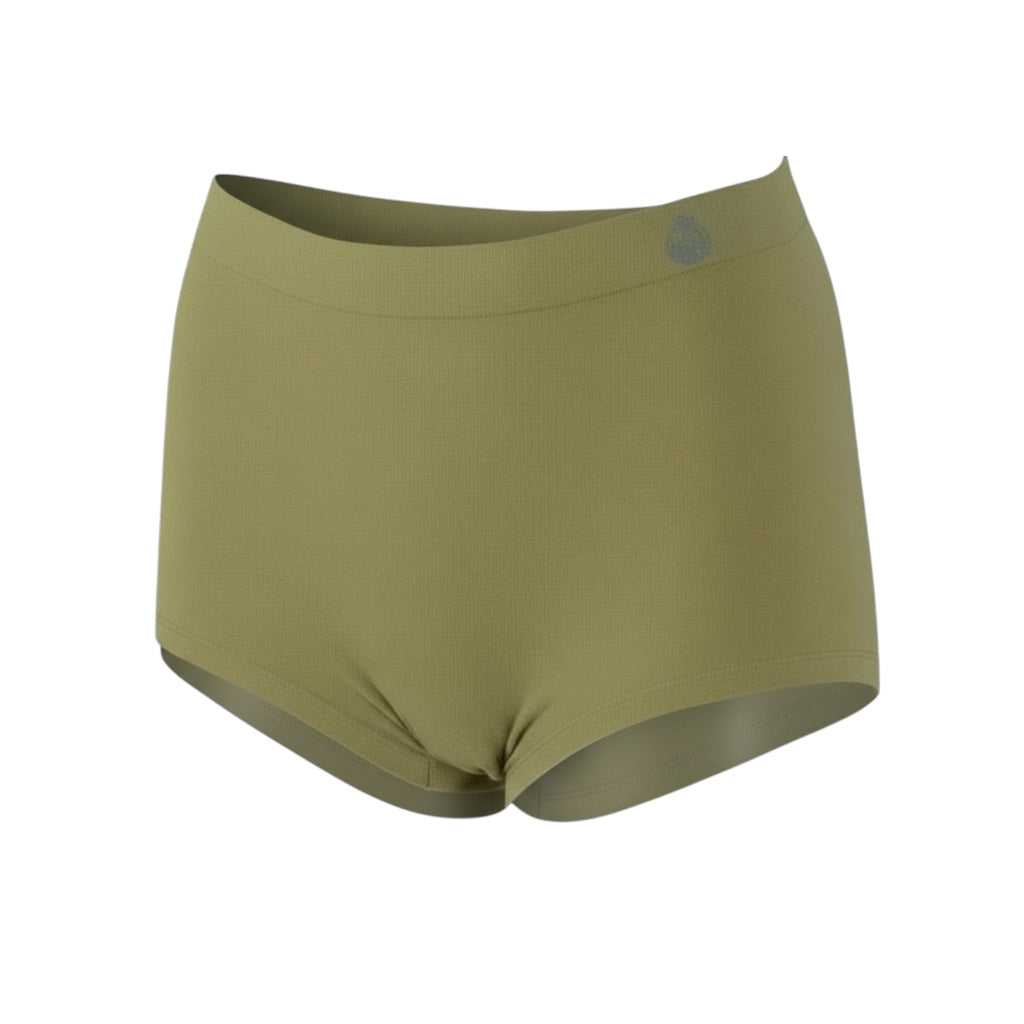
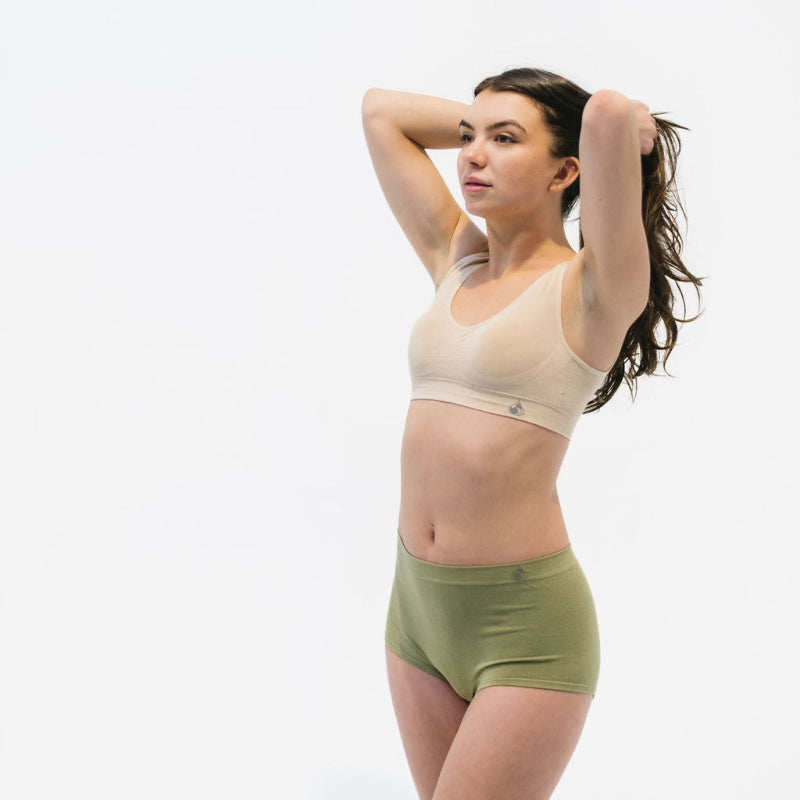
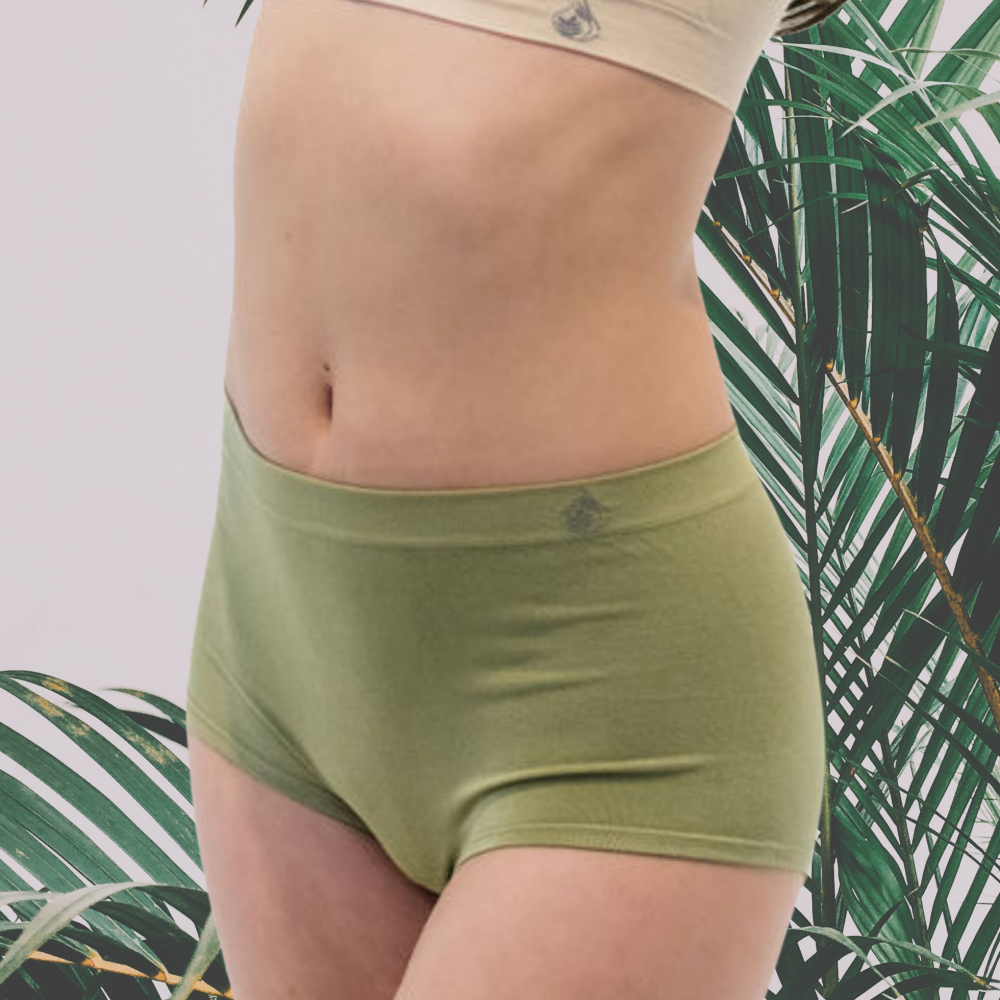
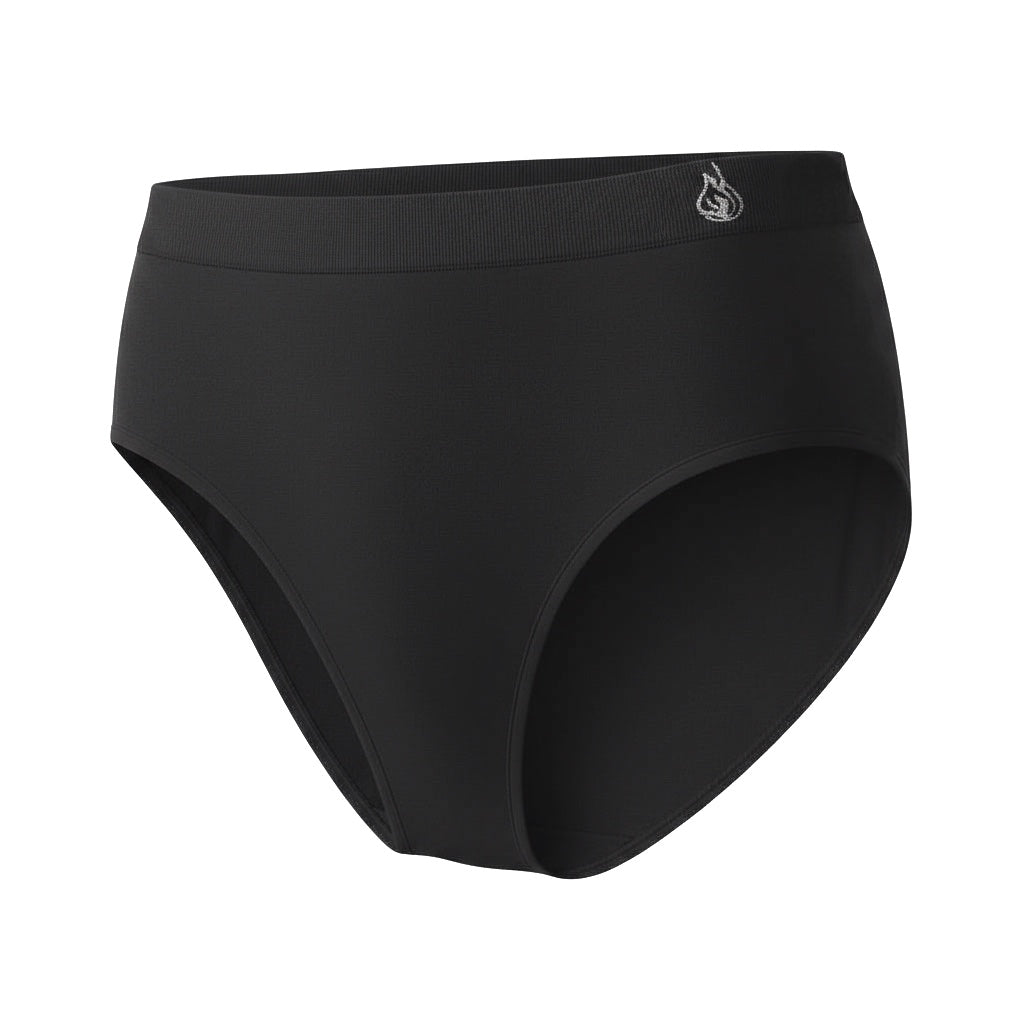
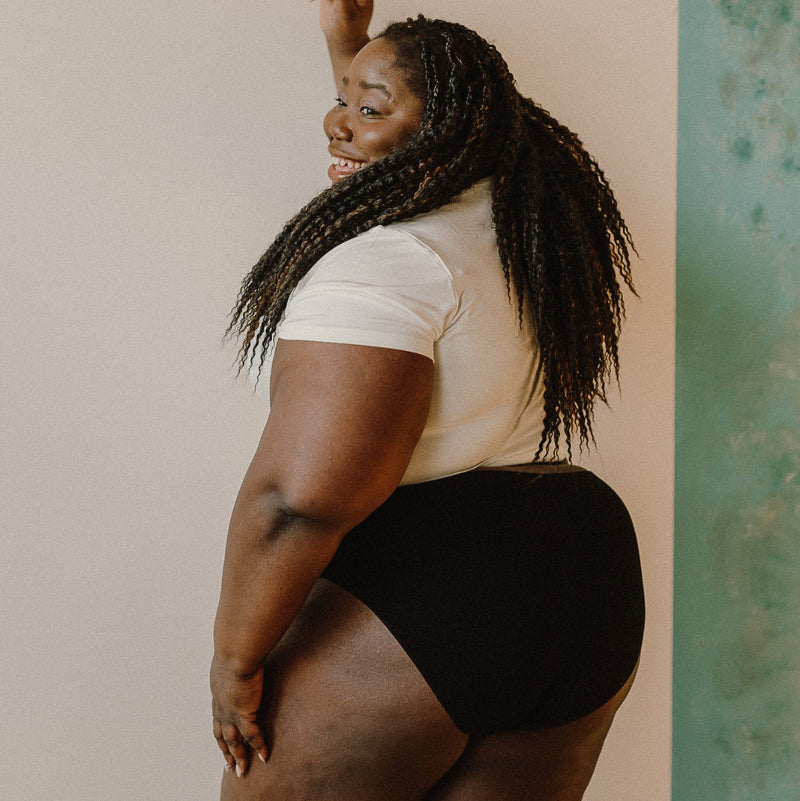
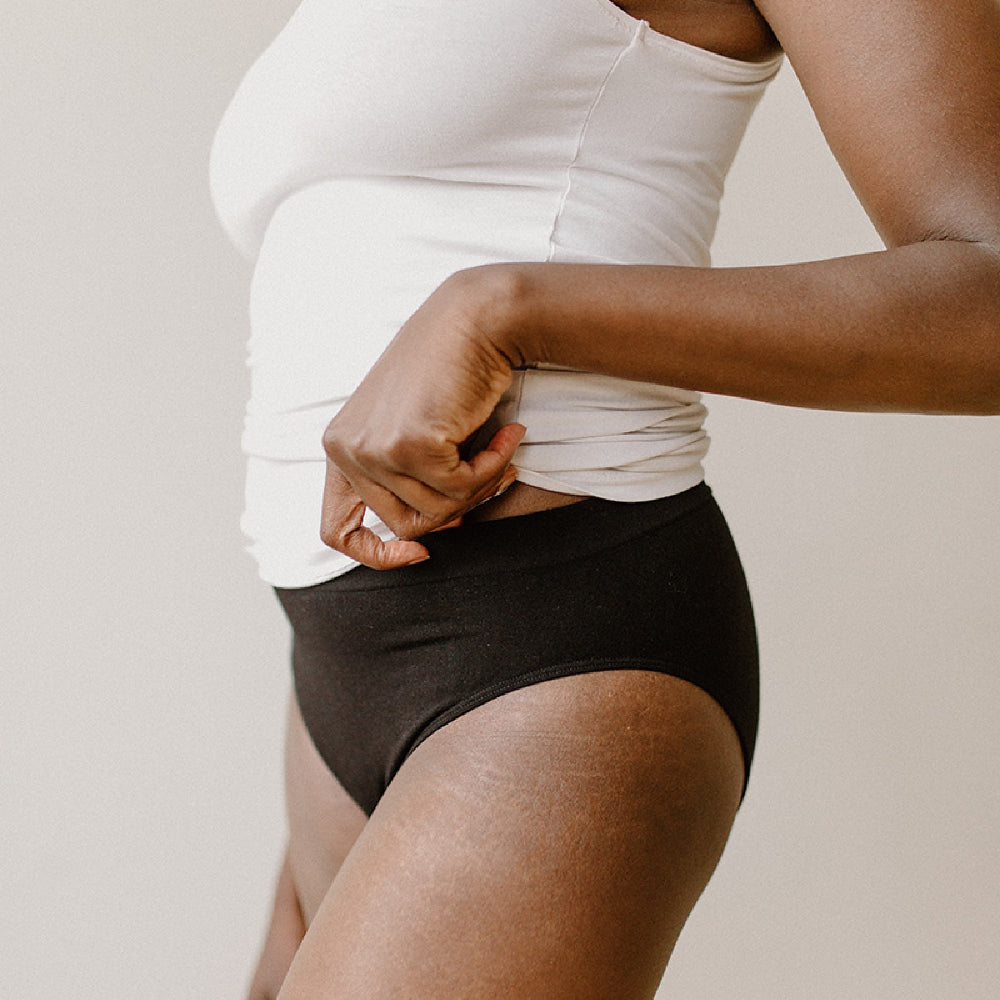
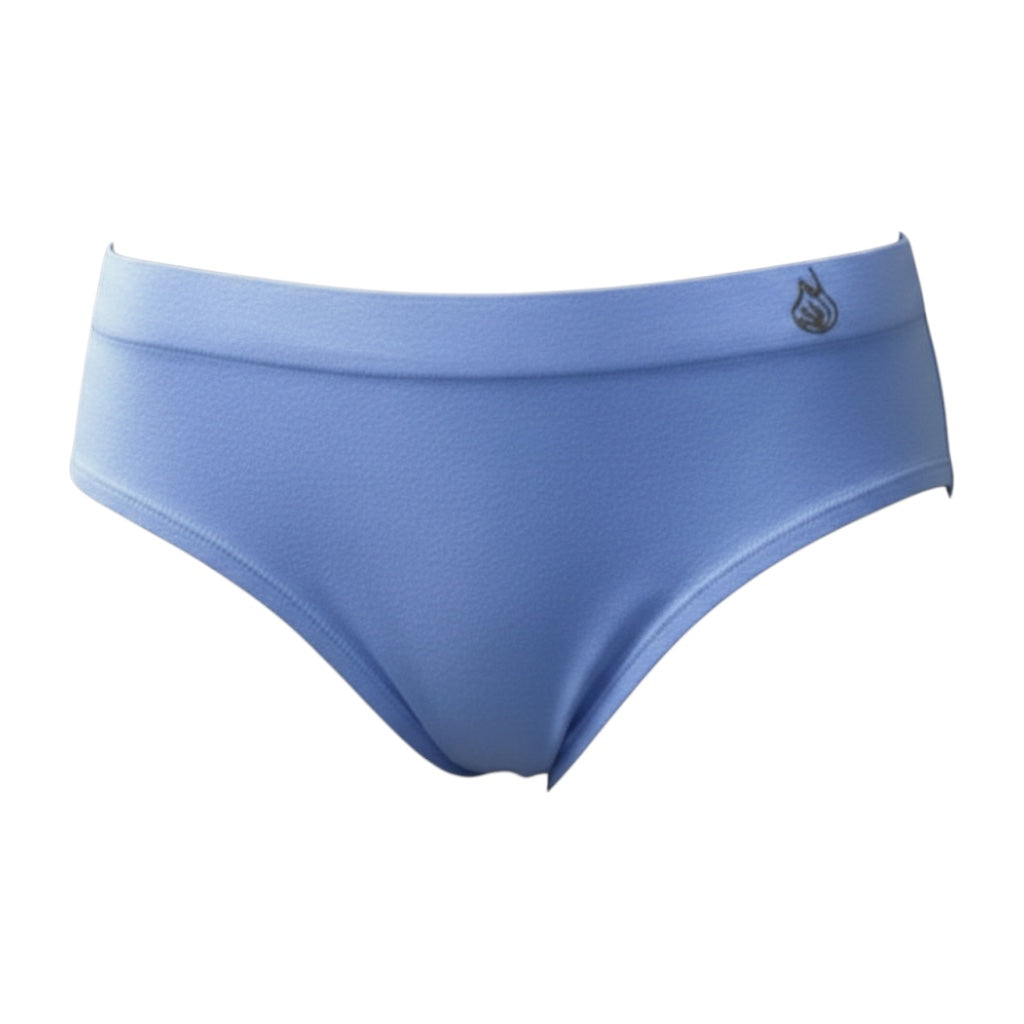
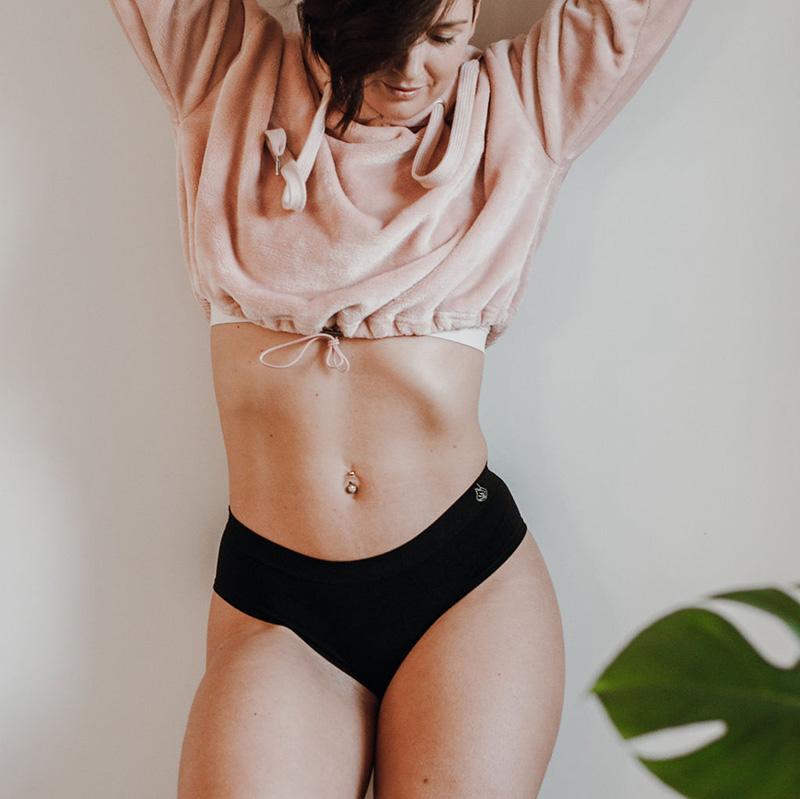
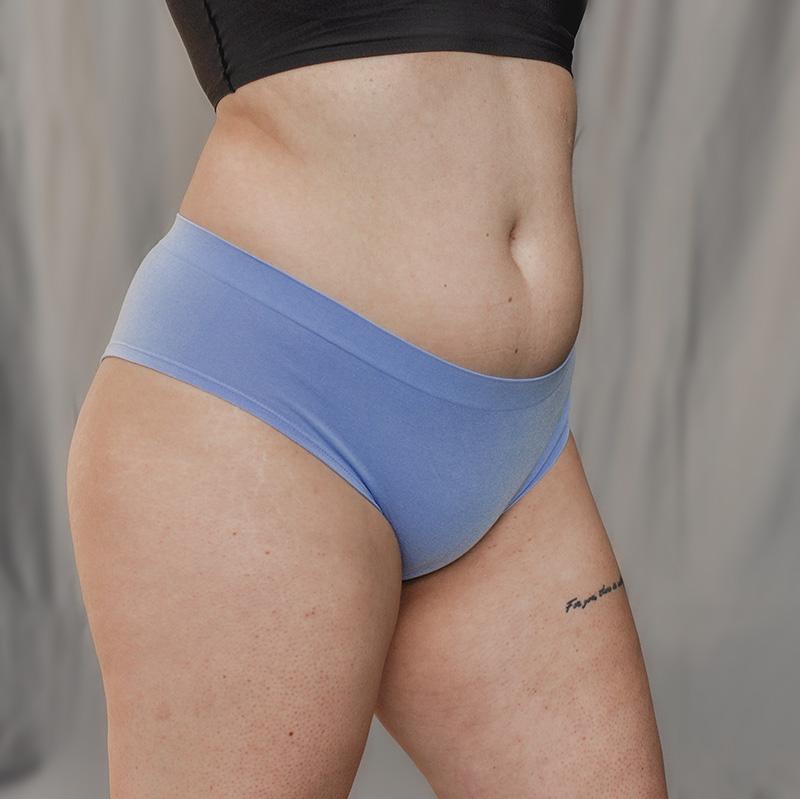


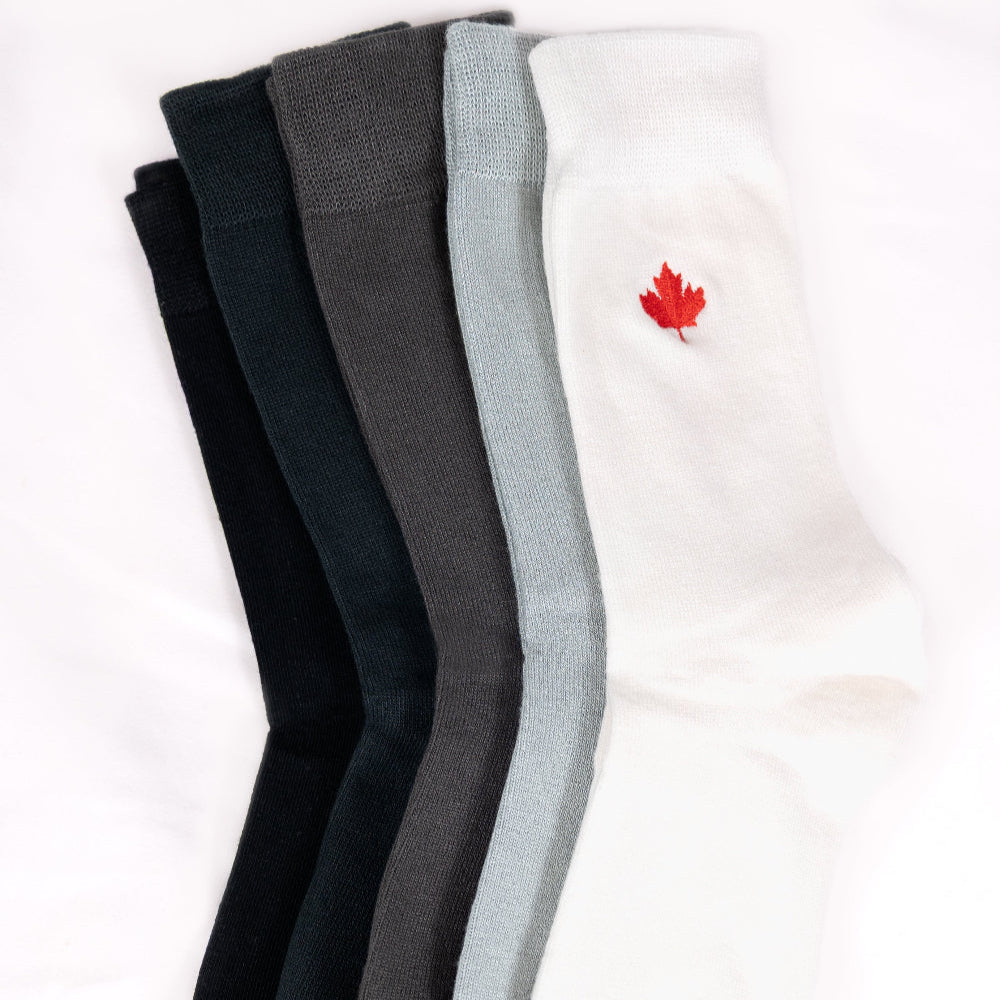

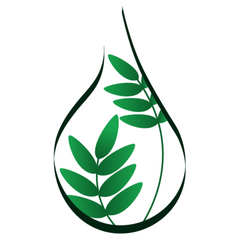
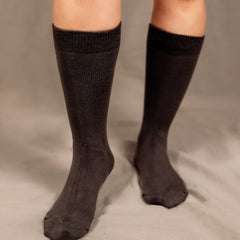
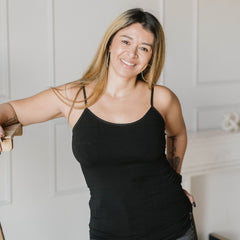
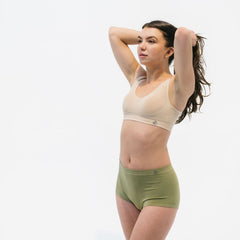
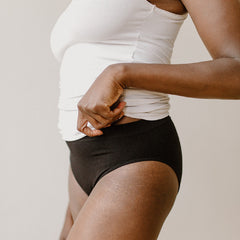
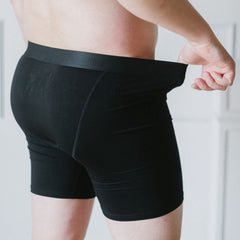
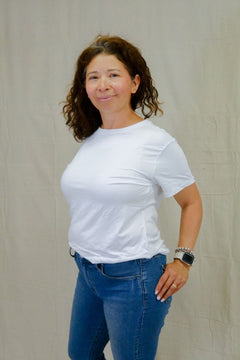
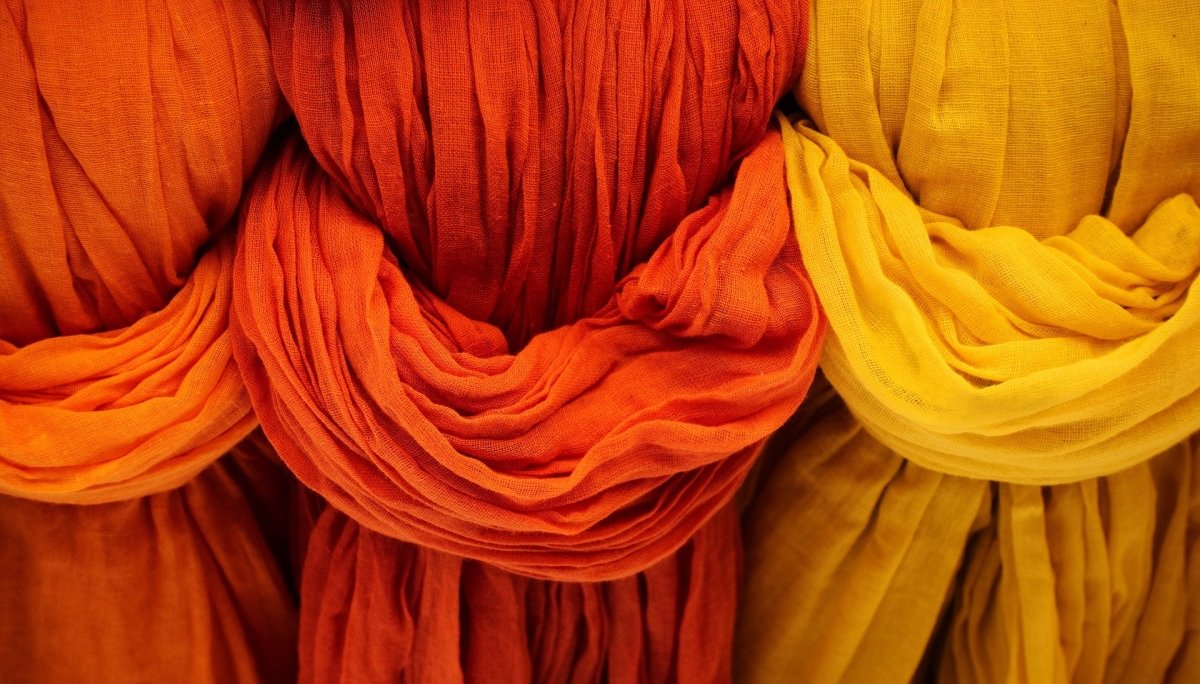
Leave a comment